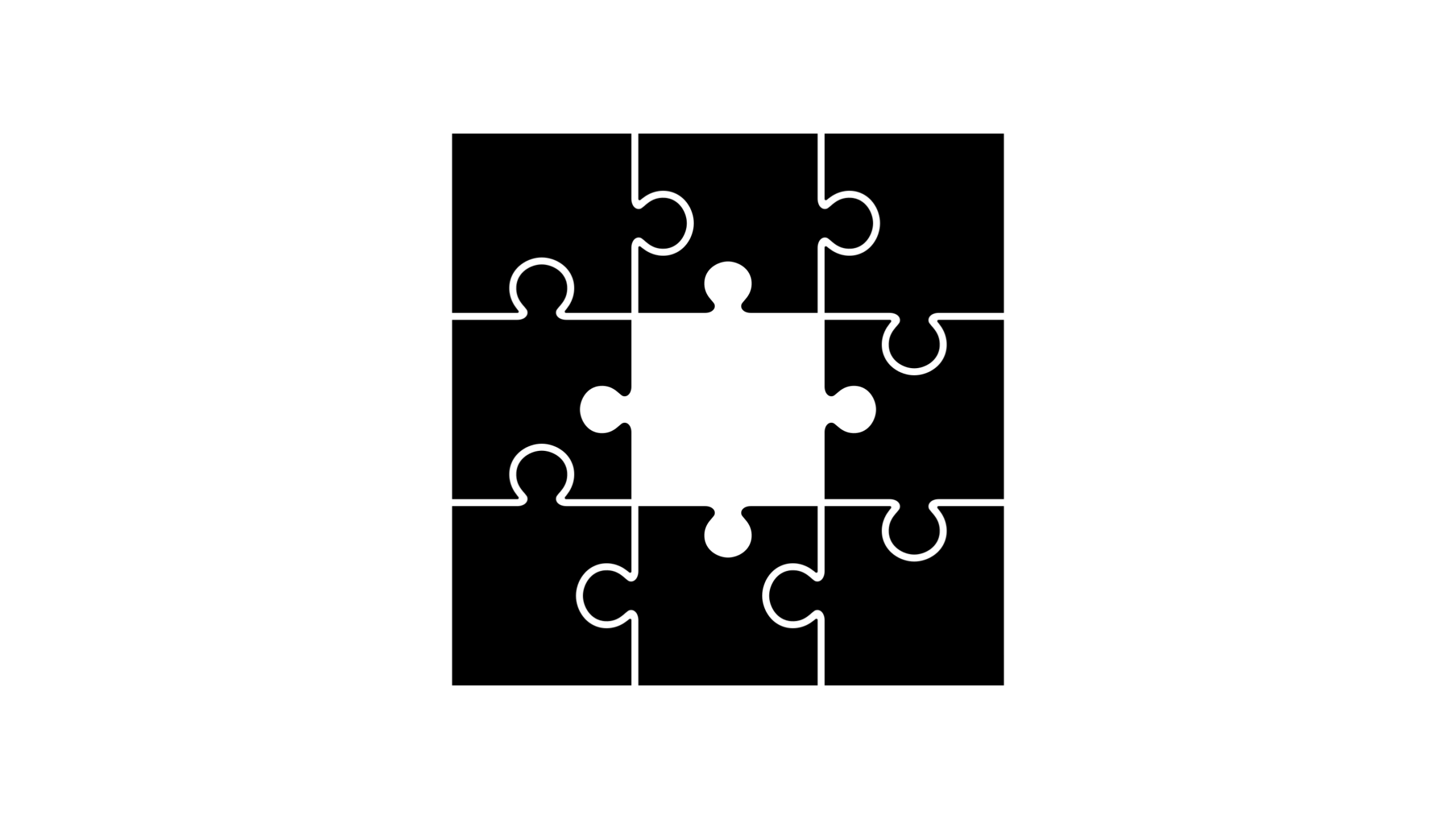The Zeigarnik Effect
Excerpt - Heading 3
Have you ever been in the middle of a conversation and couldn't wait to find out what happened next? Or maybe you were watching a TV show, and they left you hanging at a cliffhanger moment. That feeling is exactly what the Zeigarnik Effect taps into, and you can use it in presentations to grab and hold your audience’s attention. The Zeigarnik Effect is the idea that people remember incomplete tasks or information better than complete ones. By leaving a bit of mystery in your slides, you can keep your audience hooked, eager to see what happens next.
Background
The Zeigarnik Effect was first discovered by a Russian psychologist named Bluma Zeigarnik in the 1920s. During her studies, she noticed that waiters could remember complex orders when they were still in progress but would forget them as soon as the order was completed. From this, she developed the idea that people tend to remember unfinished tasks or unresolved situations better than those that are completed. Zeigarnik's discovery became a key concept in understanding how memory works and how to harness the power of unfinished business to capture attention.
Historical Experimentation
One of the foundational experiments that demonstrated the Zeigarnik Effect was conducted by Bluma Zeigarnik herself. In 1927, she ran an experiment where participants were given tasks to complete. Half of the tasks were interrupted before they could be finished, and the other half were allowed to be completed. The results showed that participants had a better recall of the incomplete tasks, remembering them more vividly than the completed ones. This experiment was published in Zeigarnik's paper "On Finished and Unfinished Tasks" and helped solidify her theory that incomplete information sticks with us longer. The implications were profound, suggesting that we can use this phenomenon to keep our brains engaged, whether in a classroom, a meeting, or a presentation.
Connection to Human Evolution/Biology/Neuroscience
From an evolutionary standpoint, the Zeigarnik Effect is rooted in how the brain handles attention and survival. In ancient times, humans needed to remember tasks that were unfinished or unresolved, like a half-built shelter or a hunt that wasn't completed, in order to stay alive. These unfinished tasks signaled the need for action or completion. Our brains evolved to keep these tasks "on the radar," ensuring they didn’t slip through the cracks. This tendency to pay more attention to incomplete situations can be leveraged today to enhance memory and engagement, making presentations more compelling.
Recent Research & Experimentation
More recent research has supported and expanded Zeigarnik's original ideas. In a study conducted by researchers at the University of Sydney, participants were asked to perform a series of tasks, some of which were interrupted, while others were left to completion. The study, published in the "Journal of Cognitive Psychology," found that people were not only more likely to remember the incomplete tasks, but they also demonstrated higher levels of focus and motivation to finish them. The implications of this research suggest that by intentionally leaving a few elements of a presentation incomplete or unresolved, presenters can harness the power of curiosity to drive engagement.
Conclusion
So how can you apply the Zeigarnik Effect in your presentations? By leaving some slides incomplete or withholding key pieces of information until later in the presentation, you can keep your audience engaged and eager to learn more. Instead of presenting everything in a neat, tidy package, try to build suspense and curiosity by introducing concepts and leaving them open-ended. For instance, you might present a problem and only offer a solution after discussing several possible answers, or use visuals that hint at something to come. By tapping into the Zeigarnik Effect, you can create more dynamic, attention-grabbing presentations that leave your audience on the edge of their seats, eagerly awaiting the next slide.
More Behavioral Science





How Posting at the Right Moment Makes Content More Likely to Go Viral